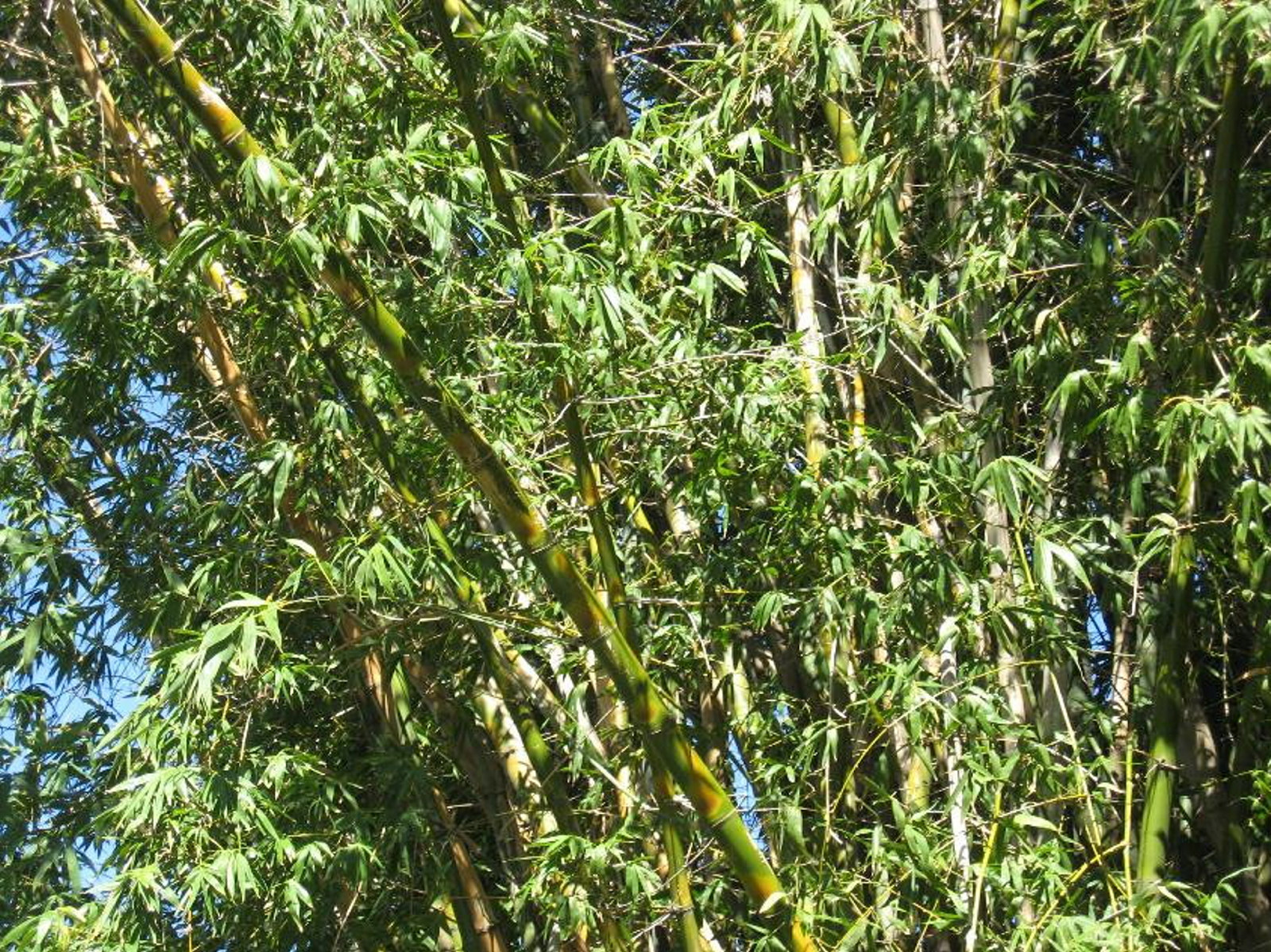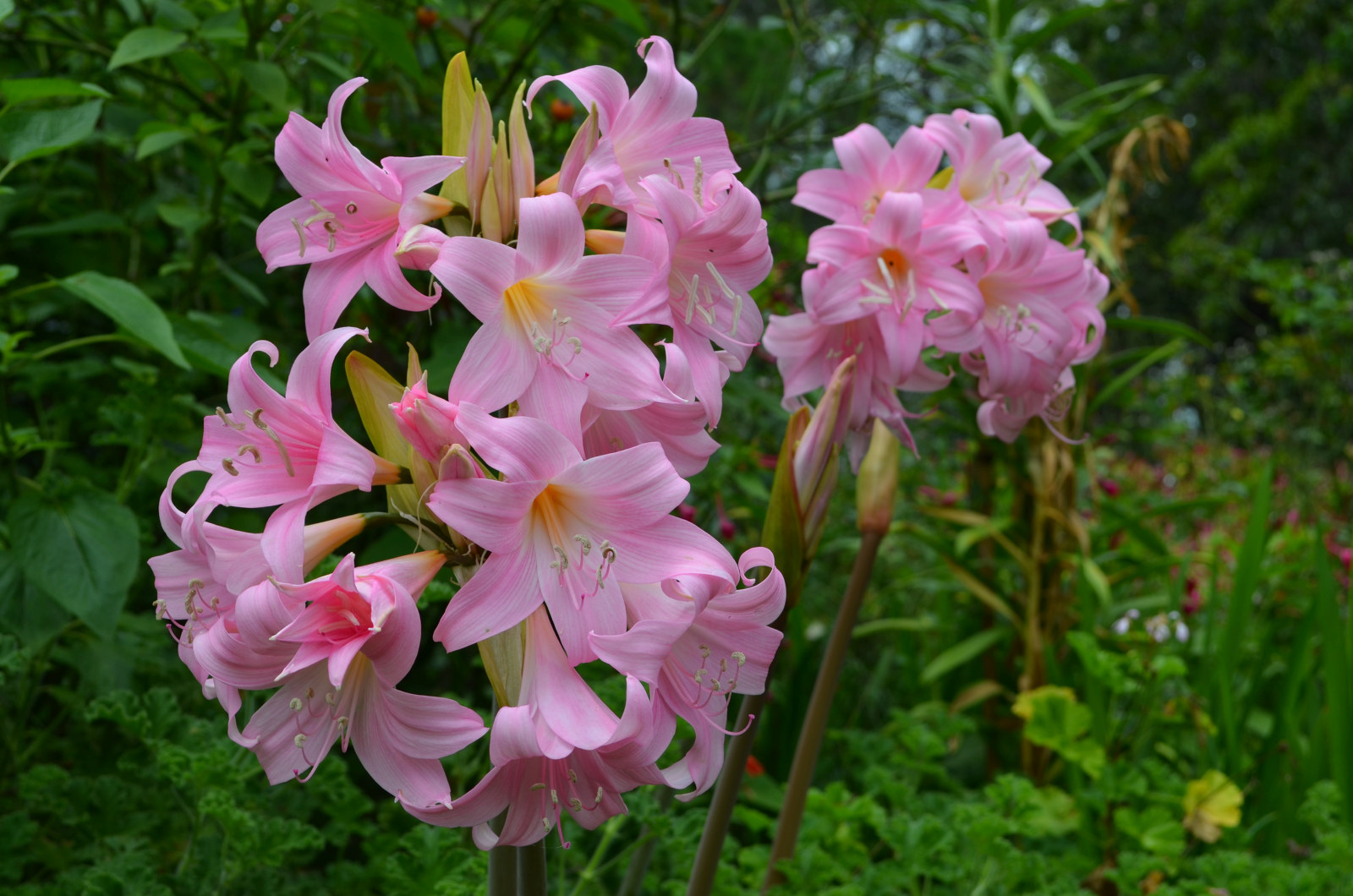Camellias light up the winter garden
Camellias put on a spectacular display of flowers through autumn and winter and are deservedly popular garden plants.
Camellias were very early plant introductions to Australia and have been popular in home gardens ever since. Flowering from early autumn through winter and into early spring, they are adaptable and easily grown shrubs. The fragile delicacy of their flowers belies the fact that Camellias are tough and durable plants able to survive harsh conditions and neglect, so they can often be found growing in old gardens, parks and cemeteries without any attention. Give them some organic fertiliser to promote strong growth, some water, mulch and light shade and they will reward you with their magnificent display of winter flowers.
Although there are over 200 species of wild Camellias originating from East Asia, three species and their cultivated varieties are the most commonly grown in Australian gardens – Camellia sasanqua, Camellia japonica and Camellia reticulata. Sasanqua Camellias are big evergreen shrubs that flower over a long period from March to June. Individual blooms only last a day or two before the petals shatter and fall but the bushes are so floriferous they can be smothered in flowers for many weeks. They are particularly associated with early-20th century gardens as well as being popular in the post-War period. The garden at Vaucluse House features a few large old Sasanquas with single pink or red flowers. Thanks to modern plant breeding there are now hundreds of different varieties available to grow.
‘Aspasia Macarthur’ (picture above) is an old Camellia japonica variety raised by William Macarthur at Camden Park where they had a large plant nursery. Thought to be a chance seedling of an even older English variety ‘Elegans’, Aspasia Macarthur has large cream flowers striped and blotched with pink. Sometimes different coloured forms appear spontaneously on a branch (known as ‘sports’) and over the years a number of these have been propagated and established as new varieties. In fact Aspasia Macarthur has given rise to at least fourteen other new varieties through chance mutations. You can see Aspasia Macarthur in flower right now at Elizabeth Farm and Vaucluse House.
The second half of the 19th century was the peak of the Camellia craze worldwide with hundreds of new varieties bred in England, France, Belgium, Italy, the United States and Australia. The garden at Vaucluse House features a number of these mid-19th century Camellia varieties such as ‘Thompsonii’, ‘Pomponia’ and ‘Speciossissima’ which are at their peak in July and will feature in a future post.
Published on
Plant your history
Browse all
Plant your history
Beautiful bountiful bamboo
One of the most recognisable plants growing at Museums of History NSW today is bamboo. This colourful plant has a long history in colonial gardens

Plant your history
Sumptuous cape bulbs light up late summer gardens
Belladonna Lilies and Crinum Lilies are tough bulbs that never say die and can survive years of neglect

Plant your history
Acanthus - an apt symbol for The Mint
Look at any classical building today, anywhere in the world and chances are you will find an acanthus leaf lurking somewhere

Plant your history
Extending the olive branch
Just over a year ago we started a project to ensure the survival of the Elizabeth Farm European olive tree (Olea europaea), which is believed to be Australia’s oldest living cultivated olive tree
